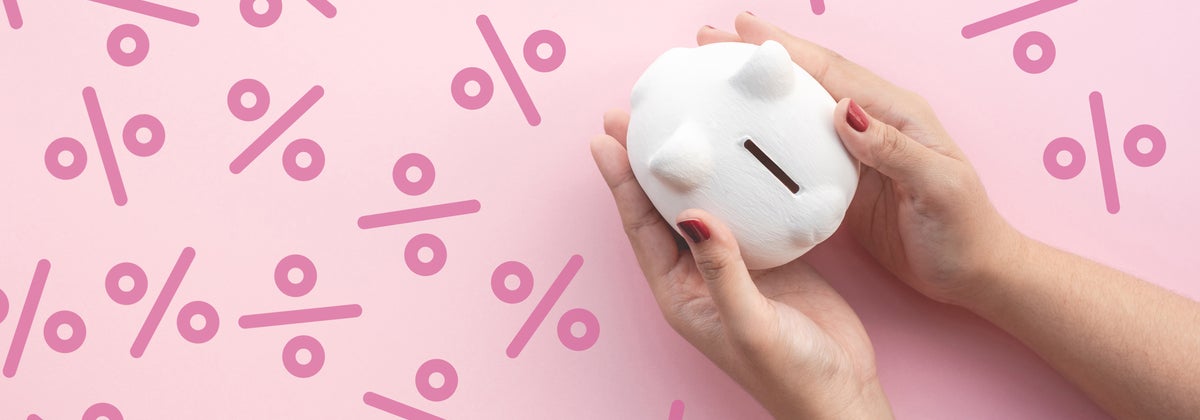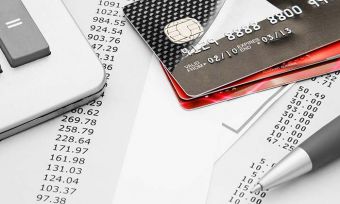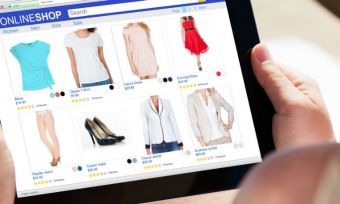Both credit cards and Afterpay can offer you a decent amount of time to pay off a purchase without interest, but there are pros and cons to each method.
How do BNPL systems work?
Pay later schemes allow you to pay off an item over several weeks, interest free. When you buy your item you provide details, such as your email, mobile number, address and debit or credit card number.
The pay later provider runs a credit check on you and if you’re accepted it deducts weekly payments from your debit or credit card over an agreed number of weeks. There are no fees. The provider takes the risk of default from the shop.
The catch is that if your payments fail, you’ll be hit with a late payment fee. At Afterpay, that’s $10 for the first default, and $7 more every seven days from then on. It doesn’t matter how much the item cost, the fees are the same.

What’s the difference between BNPL and credit cards?
BNPL services allow you to pay off an item over several weeks, interest free. This means the price you find the item for will (generally) be the overall price you pay. Payments are usually split into four instalments.
Credit cards let you spend by borrowing money from the card supplier, who then sends you a bill at the end of each month. Credit cards have a fixed limit, which is the maximum you can borrow. This depends on factors such as your credit score and income.
With credit cards, all your purchases go into one pool. This means you can’t say to yourself you’ve paid a particular item off, unless you clear the entire bill. In the case of BNPL, you can track the repayments on individual items.
Credit cards vs BNPL’s interest-free periods: what’s the difference?
First, a reminder on what interest-free periods refer to. Credit cards are often advertised as having a certain number of interest-free days – usually either 44 or 55 days. A common misconception is that 55 days interest-free means that you’ll have 55 days to pay off a card purchase before any interest is charged.
This number refers to the maximum number of interest-free days that are available. To get the full interest-free 55 days, you need to make a purchase on the first day of the statement period. This could be the first day of the month, or the monthly anniversary of when you first got the credit card (check your credit card statement for these dates). Some credit card issuers will allow you to link your statement cycle to a preferred date.
The length of the interest-free period on an individual credit card purchase will depend on which day of your statement period the purchase is made.

Crunching the numbers
Let’s use buying a $2000 refrigerator as an example with Afterpay and with a credit card.
Afterpay interest-free period
Using Afterpay, you pay for your fridge through four equal instalments. These payments are taken from your chosen account fortnightly. You need to pay 25% of the value of the item or service upfront. If your fridge costs $2000, you need to pay $500 at the time of your purchase. You then pay off the remaining $1,500 through three remaining fortnightly instalments of $500 each.
You also have an option of changing the date for payments, or settling the balance early through your Afterpay account. As long as your payments are not late, you won’t pay any fees. If you miss a payment, you’ll pay the penalty fees mentioned above.
Assuming you make all your payments on time, using Afterpay would give you a maximum of 6 weeks (42 days) to pay off your $2000 purchase.
Credit card interest-free period
As mentioned above, most credit cards will only offer interest-free days if you pay your statement’s closing account balance in full by its due date.
Your interest-free period will begin on the first day of your statement period, which is the day after your last statement was issued. So, to take advantage of the full 55-day interest-free period offered on your card, you need to buy your fridge on the first day of your statement period.
In all, the credit card offers an interest-free period 13 days longer (nearly two weeks) than Afterpay’s interest-free period. And, bear in mind, you also don’t need to pay the up-front 25% of your purchase when using a credit card. The full amount goes on your card. You just need to manage your repayments, and clear your bill by its due date, to avoid extra charges.
So, if you already have a credit card…
You might not need to get involved with a BNPL service. Why? Essentially, if you buy something at the beginning of your invoice period, you’ll have far longer to pay off the debt. Keep in mind, though, with a credit card, you do have to time your purchase correctly to gain the maximum amount of interest-free days.
What if Afterpay is linked to your credit card? How to maximise the benefits
However, if you link your Afterpay to your credit card, you can extend the period even longer, which could be the best way to go. Let’s continue with the fridge example. If you time your fridge purchase (Afterpay instalment one) so that the second instalment hits your credit card right at the end of your billing period, you’ll then have around 25 days of interest-free credit before you need to settle your bill and pay off the second instalment.
The final two instalments will then occur during your next credit card billing period (roughly 30 days). When that ends, you’ll have another 25 days of interest-free credit to pay these last two instalments, which is roughly 69 days after your initial purchase!

Is your credit card right for you?
Regularly review whether your credit card type is working for you. If you know that you struggle to pay more than the minimum payment each month, but still require a credit card for purchases, then a low-interest rate credit card is worth considering.
Make sure you check the credit cards available in the market, to see which one suits your spending profile. Canstar researches, rates and compares credit cards, to help you make an informed decision. For more info on the different cards available in New Zealand, click on our link below.
Compare Credit Cards with Canstar
Enjoy reading this article?
You can like us on Facebook and get social, or sign up to receive more news like this straight to your inbox.
By subscribing you agree to the Canstar Privacy Policy




Share this article